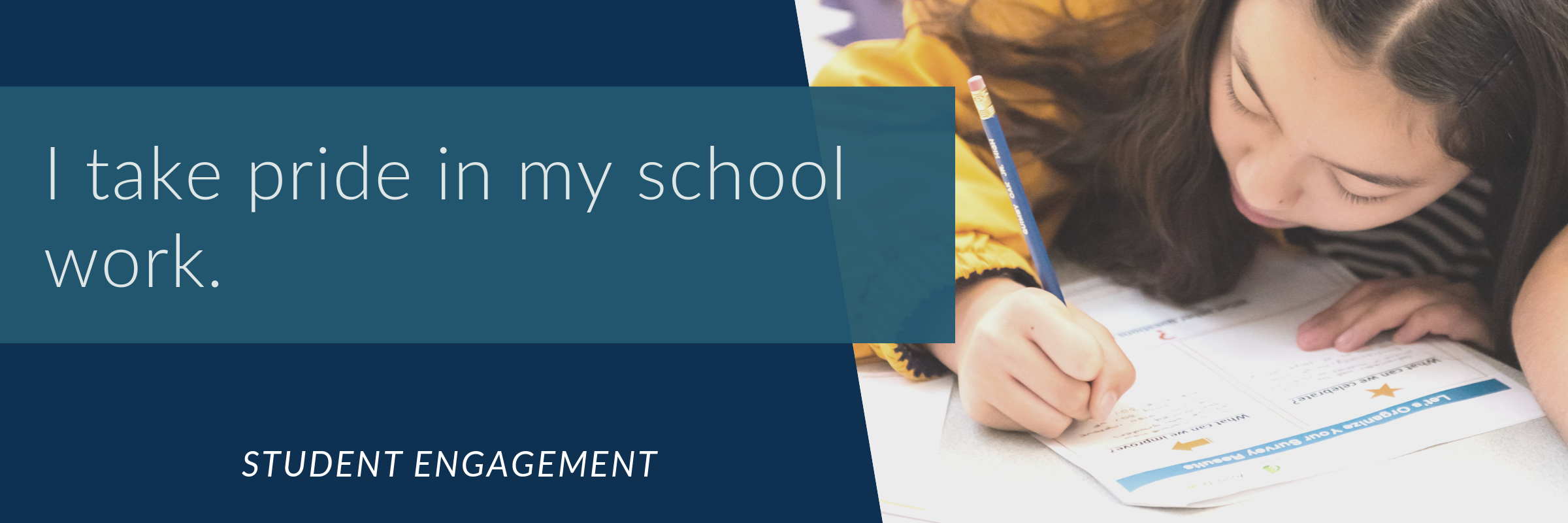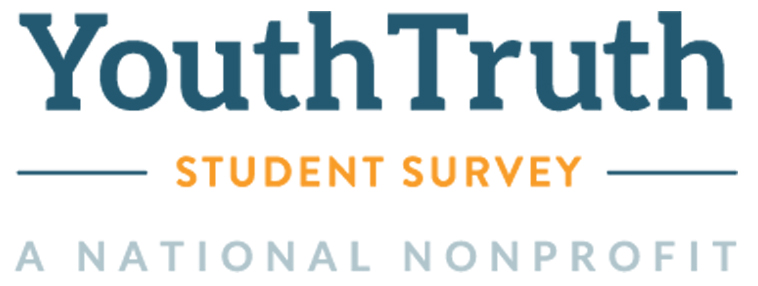
Why does it matter?
It’s impossible to go to a conference or education talk without hearing about student engagement and student motivation. And yet one term ties them both together, and is often overlooked: pride. The question “I take pride in my school work” — which students answer on a Likert scale of 1 to 5 — can help educators understand whether or not students feel personally rewarded by their work. Strategies for making students feel more ownership over their accomplishments is a great way to boost student engagement.
Leaders of Their Own Learning: Student-Led Conferences (Chapter 5)
One simple way to increase pride in school work is to flip the parent-teacher conference — instead, start a practice of student-led conferences! This new format not only gives students ownership over their learning, it also includes their parents as part of the process. Here’s a snapshot of EL Education’s explanation of the protocol in Chapter 5 of the book Leaders of Their Own Learning.
Let students and families know what to expect
Start by letting students and families know how things will go by writing them a letter, for example. You might also include a sample agenda. You can find a detailed sample agenda here.
You can watch an example high school student-led conference, in addition to one for middle school and kindergarten, on EL Education’s website.
Base Student-Led Conferences on a portfolio
Portfolios help students reflect back on their growth over time and own their own learning. Some schools set up student portfolios by subject, while other schools set them up by learning targets. What format makes the most sense for your school? EL Education recommends asking the following questions in order to get started:
- What kind of organization system will make sense for you?
- How easy or difficult will it be to implement this system in your classroom? How can you overcome any barriers that might exist?
A school-wide system might also be aligned with your goals. To begin thinking about whether or not a school-wide student-led conference structure makes sense for your school, watch this video and consider the following:
- What are the expectations for faculty, students, and families at student-led conferences? How are these expectations communicated?”
- What does preparation for a student-led conferences entail? What are the roles and responsibilities of students, teachers, and families?
- What structures must be in place at the school level and classroom level to support students in leading their conference?
Consider the who, what, and why of Student-Led Conferences
Use this chart to guide your thinking as you implement student-led conferences, create agendas, and determine your process for conferences at your school or in your classroom. While you plan, consider the following:
- How would you like student-led conferences to be structured at your school?
- What is currently happening that will support the implementation of student-led conferences?
- What new systems and structures could easily be put in place?
- In what areas will capacity will need to be built?
- What do you think the biggest challenges will be in your setting? How will you work to overcome them?
More about the book Leaders of Their Own Learning: Transforming Schools Through Student-Engaged Assessment
The eight key practices described in Leaders of Their Own Learning engage students in making academic progress, improve achievement, and involve families and communities in the life of the school. The book, which includes 27 videos, is full of powerful strategies to help students own their learning.
Key features of Leaders of Their Own Learning include:
- Twenty-seven accompanying videos of student-engaged assessment in action
- A Leaders of Their Own Learning PD Pack that supports self-study of the book
- A foreword by Colorado legislator and gubernatorial candidate, Mike Johnston
- Guidance on how to get started with each practice and strategies for more advanced implementation
- Advice for leaders on schoolwide implementation of each practice
- A synthesis of what to expect and the common challenges related to each practice
Click here to learn more about the book or to purchase a copy.
